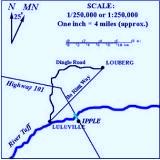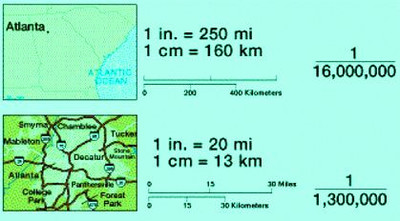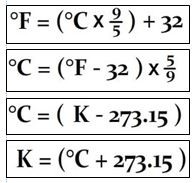| Home » Articles » LESSON NOTES (Social Studies) |
| Entries in section: 32 Shown entries: 16-18 |
Pages: « 1 2 ... 4 5 6 7 8 ... 10 11 » |
|
From Part 1 To find actual Distance we use two methods: (1) If given scale is statement scale, take the map distance multiply by given ground distance in the scale provided: Example: if the scale is 1cm to 4km, take MAP DITANCE X 4Km if the scale is 1cm to 0.5km, take MAP DITANCE X 0.5Km |
|
|
|
PART A: SCALE CONVERSION: Before we begin conversion of scale you have to acquire the basic knowledge of scale. Scale is the ratio between map distance and the ground distance. Scales are of the three types as indicated below: (i) Small Scale e.g.: 1:1000000 (ii) Medium Scale e.g.: 1:50000 (iii) Large scale e.g. 1:200 |
|
Upper Primary |
Views: 2589 |
Author: Yahya Mohamed |
Added by: Admin |
Date: 10/Jun/2017
| Comments (0)
|
|
CELSIUS, FAHRENHEIT AND KELVIN
Celsius (°C), Fahrenheit (°F) and Kelvin (K) are units of recording temperature. The Fahrenheit was proposed by Daniel Gabriel Fahrenheit. The scale is often mispelled as "farhenheit", "farenheit", "farhenhiet", or "farenhiet". The Celsius scale is still sometimes called the "centigrade" scale because it is divided into 100 divisions. It was devised by Andres Celsius. The Kelvin scale is named after the Belfast-born, Glasgow University engineer and physicist William Lord Kelvin (1824–1907), Read more ..... |
|
Upper Primary |
Views: 3496 |
Author: Yahya Mohamed |
Added by: Admin |
Date: 15/Aug/2016
| Comments (0)
|


